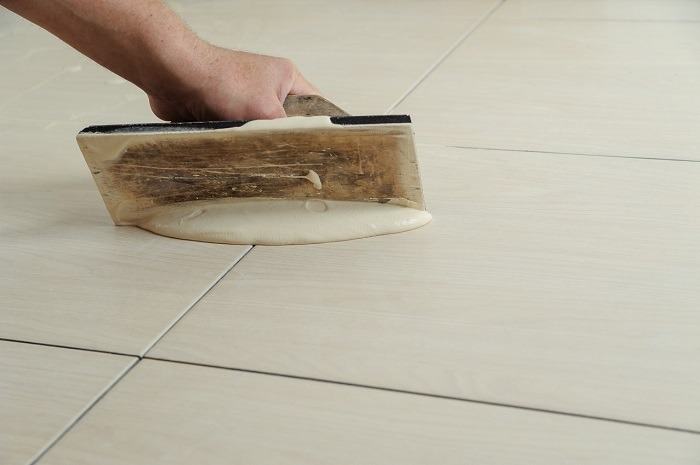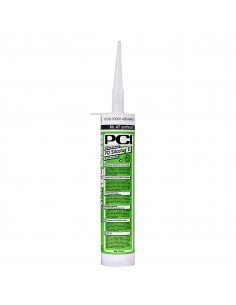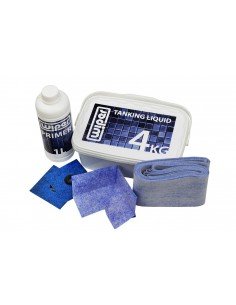- Alex D.
- Shower drains
- 6861 views

A great important finishing material is grout for floor and wall tiles. It is worth choosing it according to the specificity of tiles and the type of room. Cement grout is the most popular, but for some time now more and more interest has been focused on the epoxy grout due to its durability.
The most widespread types of grout
- Cement grout
- Elastic cement grout
- Acrylic grout
- Silicon grout
- Epoxy grout
What is an epoxy grout?
Also known as resin grout, it is a unique mixture of epoxy resin and hardener. In some productions, a special ingredient in the form of quartz sand is also used. It is one of the varieties of epoxy glues, so tile joints are more durable and stronger than traditional cement grout. Its application is wide. It is intended for both indoor and outdoor areas. It is characterised by above-standard hardness and resistance to mechanical damage. It is not susceptible to acids, chemicals and variable temperatures. Another important property is resistance to mold and prolonged contact with water.
Where to use epoxy grout?
The epoxy grout is smooth and non-absorbent. As a result, more often, in addition to specialist rooms such as laboratories, sanitary nodes, swimming pools or restaurant kitchens, epoxy grouts are also used in single-family homes. They are successfully used in wet rooms, bathrooms, toilets. They also work well in all other rooms where they are exposed to prolonged contact with water and moisture, i.e. garage, veranda, winter garden or boiler room.
They can not be used on balconies and terraces, because they have a barrier of permeability, thus blocking the possibility of draining and evaporating the moisture accumulated under the tiles, which in consequence would lead to chafing and falling off of tiles on the floor after the winter.
They are suitable for grouting ceramic and stone tiles. They are recommended for large tiles, where a 1-1.5 mm thick joint is usually used. Thicker joints are not recommended.
Installation of epoxy grout
Its application differs from the assembly of cement grout. To properly apply it, follow the requirements given by the manufacturer. Special tools are used, i.e. a properly selected and durable float and hard sponges, e.g. from non-woven fabric to grout and cellulose sponges for profiling. For difficult places to fill, a special silicone scraper is used.
After proper preparation of the grout, the application must be carried out within a short time, because after about 30 minutes the grout is permanently bonded. It is not an easy task, therefore professionals are not always happy to decide on its assembly. I recommend that you prepare a small amount at the beginning so that you do not waste unused material in case of a longer application. After finishing grouting, the product needs about 2 weeks to allow the joints to be fully durable.
In theory, we consider joints between tiles as a less important finishing element. We focus our attention mainly on choosing the right tiles. Let us remember that grouting must withstand for many years in the best visual condition and be resistant to all external factors that threaten its durableness.It's worth taking the time to adjust the grout to the type of tiles and the room, so that after a while they do not scare away, and at the same time protect our surfaces for many years. There are many products on the market with high strength parameters. However, to extend the durability of the grout, proper care is also necessary.









